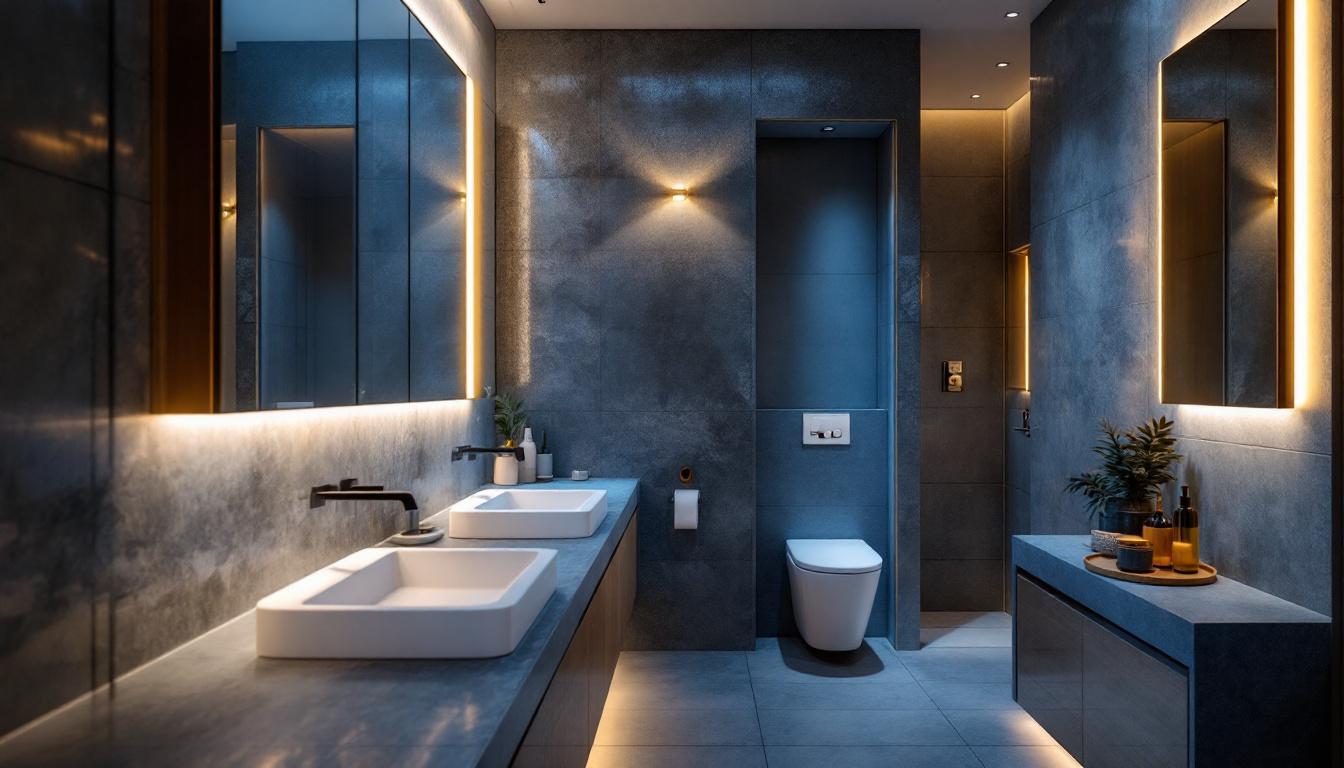
As the demand for modern lighting solutions continues to rise, bathroom recessed lighting has become a popular choice among homeowners and designers alike. For lighting contractors, understanding the nuances of this type of lighting can significantly enhance project outcomes and client satisfaction. This article provides essential advice tailored specifically for lighting contractors working with recessed lights in bathrooms.
Bathroom recessed lighting serves both functional and aesthetic purposes. It provides essential illumination while also contributing to the overall design of the space. Unlike traditional fixtures, recessed lights are installed into the ceiling, creating a clean and streamlined appearance that is particularly sought after in contemporary bathrooms.
There are various types of recessed lights available, each designed for specific applications. The most common types include:
Recessed lighting offers several advantages, making it an appealing option for bathroom designs. Firstly, it maximizes headroom and provides a clean look, which is especially beneficial in smaller bathrooms. Secondly, recessed lights can be strategically placed to highlight specific areas, such as vanities or artwork, enhancing the overall ambiance.
Moreover, energy-efficient LED options are available, which can significantly reduce energy consumption and lower utility bills. This is an attractive selling point for clients who are increasingly conscious of energy use.
In addition to energy efficiency, recessed lighting can be integrated with smart home technology, allowing homeowners to control brightness and color temperature through mobile apps or voice commands. This level of customization not only enhances convenience but also allows for mood-setting in the bathroom, whether it’s a bright light for morning routines or a softer glow for a relaxing soak in the tub. Furthermore, the ability to dim lights can help create a spa-like atmosphere, transforming an ordinary bathroom into a personal retreat.
Another noteworthy aspect of recessed lighting is its versatility in design. With a variety of trim styles and finishes available, homeowners can select fixtures that complement their overall bathroom decor, from sleek and modern to more traditional styles. Additionally, the use of multiple recessed lights can create layers of light, which is essential for achieving a well-lit and inviting space. By combining recessed lighting with other light sources, such as wall sconces or pendant lights, one can achieve a balanced and visually appealing lighting scheme that enhances both functionality and style.
Effective planning is crucial when it comes to recessed lighting in bathrooms. A well-thought-out layout can greatly enhance functionality and aesthetics. Lighting contractors must consider several factors during the planning phase.
The height of the ceiling plays a critical role in determining the placement of recessed lights. In general, the higher the ceiling, the further apart the fixtures should be spaced. A common guideline is to install recessed lights approximately 4 to 6 feet apart for optimal coverage.
Additionally, the placement should focus on key areas such as the vanity, shower, and tub. This ensures that these spaces receive adequate illumination, enhancing both safety and usability. It’s also important to consider the beam angle of the recessed lights; a narrower beam can provide focused light for tasks, while a wider beam can help to illuminate larger areas without creating harsh shadows.
Layering different types of lighting can create a more dynamic and inviting atmosphere. In bathrooms, combining recessed lights with other sources, such as wall sconces or pendant lights, can provide a well-rounded lighting scheme.
For instance, placing recessed lights above the vanity can offer direct illumination for grooming tasks, while wall sconces on either side of the mirror can reduce shadows and provide a softer light. This layered approach not only enhances functionality but also adds depth and interest to the space. Moreover, incorporating dimmers can allow for adjustable lighting levels, enabling homeowners to create the perfect ambiance for relaxation or a more vibrant atmosphere for morning routines. By thoughtfully selecting the color temperature of the bulbs—cooler tones for energizing mornings and warmer tones for a soothing evening vibe—homeowners can further customize their bathroom lighting experience.
Selecting the appropriate fixtures is essential to achieving the desired lighting effect. Factors such as trim style, color temperature, and beam angle should be carefully considered.
Recessed lights come in various trim styles, including baffle, reflector, and adjustable trims. Each style offers a different aesthetic and light distribution. Baffle trims are designed to reduce glare, making them suitable for general lighting, while adjustable trims can direct light where it is needed most.
Finishes also play a significant role in the overall look of the fixture. Contractors should consider the bathroom’s design theme when choosing finishes, as they can either complement or contrast with other elements in the space. For instance, a matte black finish can lend a contemporary edge to a minimalist bathroom, while a polished chrome finish may enhance a more traditional or vintage aesthetic. Additionally, the choice of trim can influence the perceived size of the space; lighter finishes tend to reflect more light, creating an illusion of openness.
Color temperature is another critical factor to consider. Warm white (2700K to 3000K) is often preferred for bathrooms, as it creates a cozy and inviting atmosphere. However, cooler temperatures (3500K to 4000K) may be suitable for modern designs, providing a more vibrant and energetic feel. It’s also worth noting that the color temperature can affect how colors appear in the bathroom; for example, warmer lights can make skin tones look more flattering, while cooler lights can enhance the clarity of whites and blues in tiles and fixtures.
Brightness, measured in lumens, is also essential. The recommended lumen output for bathroom lighting varies depending on the size of the space and the tasks being performed. Generally, a minimum of 70 lumens per square foot is recommended for adequate illumination. For more task-oriented areas, such as above the vanity or in shower stalls, higher lumen outputs may be necessary to ensure safety and functionality. Moreover, layering different types of lighting—such as ambient, task, and accent—can create a more dynamic and versatile lighting scheme, allowing homeowners to adjust the ambiance according to their needs and preferences.
Proper installation is crucial for the performance and safety of recessed lighting. Lighting contractors must adhere to local codes and regulations while ensuring that the installation is done correctly.
Before installation, it is vital to check the electrical requirements of the recessed fixtures. Most fixtures will require a dedicated circuit, especially if multiple lights are being installed. Additionally, contractors should ensure that the wiring is suitable for the bathroom’s damp environment, using appropriate materials to prevent moisture-related issues.
When installing recessed lights in insulated ceilings, it is essential to use IC-rated fixtures. These fixtures are designed to be in contact with insulation without posing a fire hazard. Proper airflow must also be maintained to prevent overheating, which can lead to fixture failure or safety hazards.
Safety should always be a top priority when working with electrical installations in bathrooms. Lighting contractors must be familiar with local building codes and regulations to ensure compliance.
As bathrooms are high-moisture areas, using fixtures with appropriate moisture ratings is crucial. Wet-rated fixtures are designed for direct exposure to water, while damp-rated fixtures can withstand humidity. Using the wrong type of fixture can lead to electrical hazards and damage over time.
Ground Fault Circuit Interrupter (GFCI) protection is mandatory in bathroom installations. This safety feature helps prevent electrical shock by cutting off power in the event of a ground fault. Contractors should ensure that all recessed lighting circuits are connected to GFCI outlets to comply with safety standards.
Educating clients about the benefits and options available for recessed lighting in bathrooms is essential for successful project execution. Clear communication can help manage expectations and ensure that the final result aligns with the client’s vision.
During the initial consultation, contractors should take the time to discuss various options with clients. This includes the types of fixtures, placement, and lighting effects they desire. Understanding the client’s preferences will help tailor the design to meet their needs.
It is also important to set realistic expectations regarding timelines, costs, and potential challenges. Providing clients with a clear overview of the installation process can help alleviate concerns and foster trust in the contractor’s expertise.
After the installation is complete, follow-up is crucial to ensure client satisfaction. This not only demonstrates professionalism but also allows contractors to address any concerns that may arise.
Providing clients with maintenance tips can help prolong the life of the recessed lighting fixtures. Simple practices, such as regularly dusting the fixtures and checking for any signs of wear, can prevent issues down the line.
Encouraging feedback from clients can provide valuable insights into their experience. This feedback can be used to improve future projects and enhance overall service quality. Positive testimonials can also serve as a powerful marketing tool for contractors looking to grow their business.
Bathroom recessed lighting presents a unique opportunity for lighting contractors to showcase their skills and enhance client satisfaction. By understanding the types of fixtures available, planning layouts effectively, ensuring safety compliance, and maintaining open communication with clients, contractors can deliver exceptional results.
As the trend towards modern and efficient lighting solutions continues to grow, staying informed about the latest advancements in recessed lighting technology will position contractors for success in this competitive market. Embracing these best practices not only benefits the contractor but also elevates the overall quality of bathroom lighting installations.
Ready to elevate your bathroom recessed lighting projects with the finest selection of spec-grade lighting products? At LumenWholesale, we provide lighting contractors like you with superior lighting solutions at unbeatable wholesale prices. Our commitment to quality, affordability, and convenience ensures that you receive reliable, high-performance lighting without the middleman markups. Plus, with free shipping on bulk orders, you can stock up on premium lighting with ease. Don’t compromise on quality or value—visit Wholesale Lighting at the Best Value and discover the difference LumenWholesale can make for your next installation.
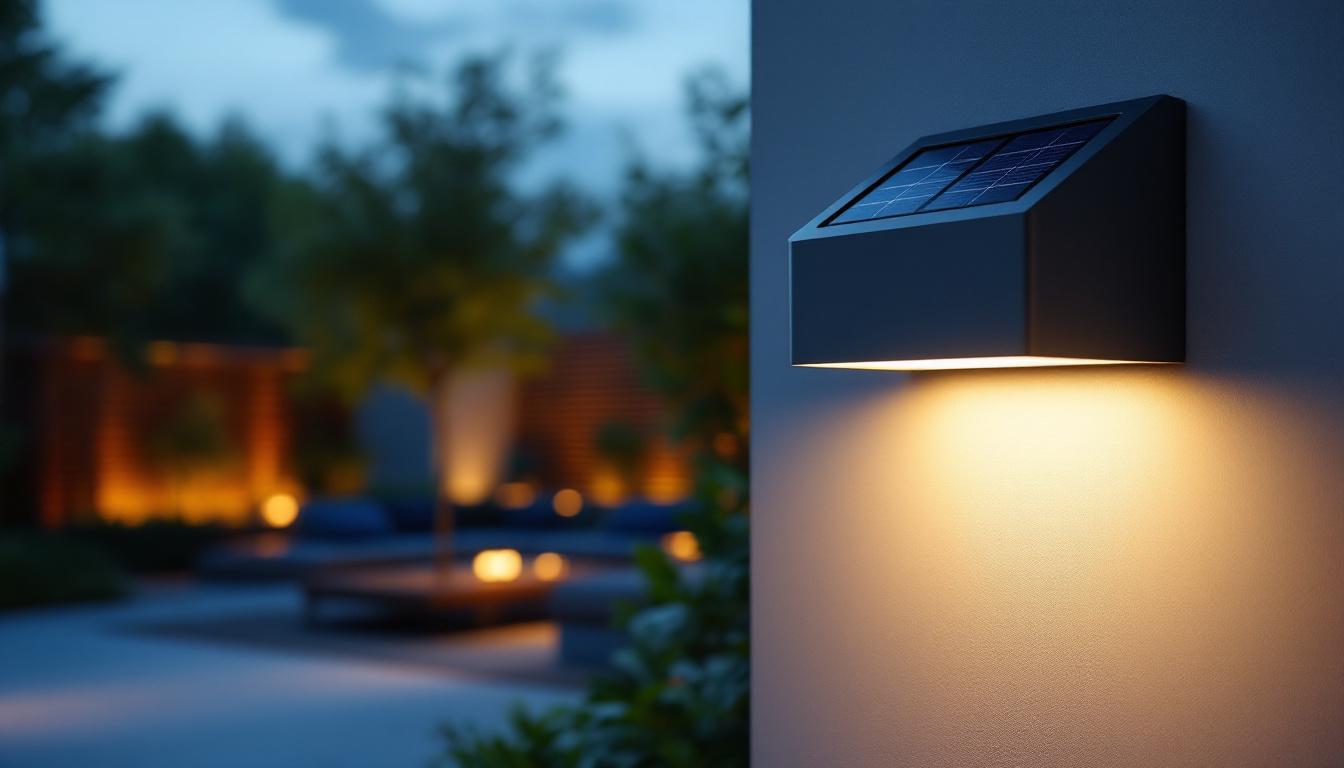
Discover how solar sconces are revolutionizing the lighting industry for contractors.
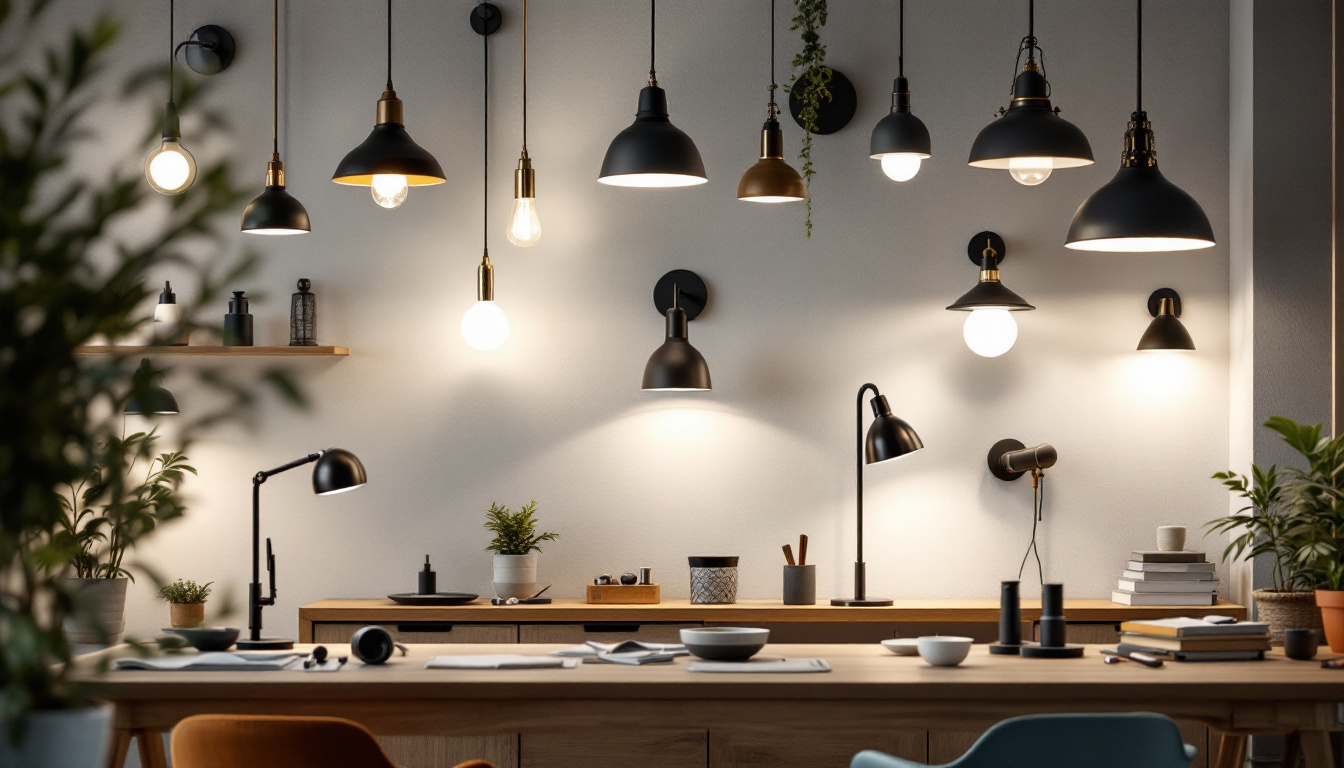
Discover expert insights from lighting contractors on selecting the perfect shop light fixtures.
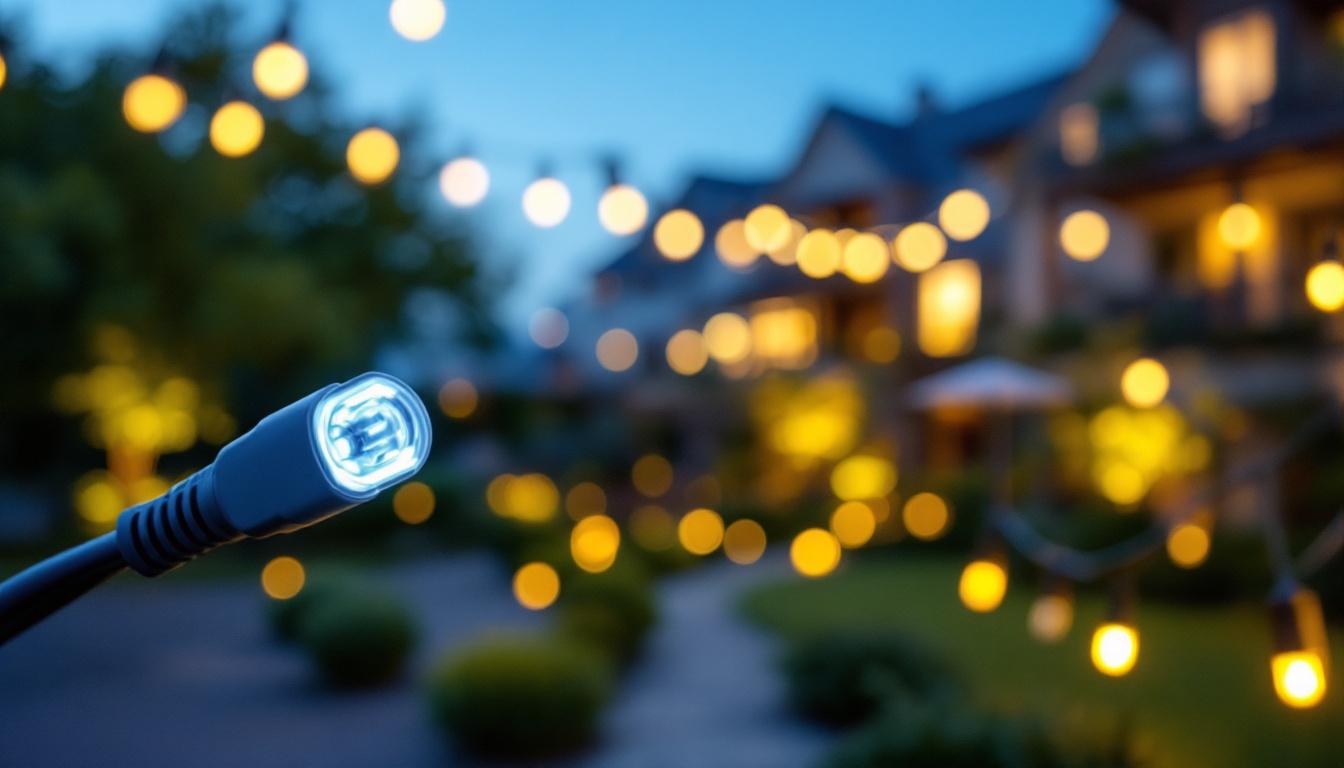
Discover the transformative journey of outdoor lighting wire connectors and their pivotal role in revolutionizing the lighting industry.
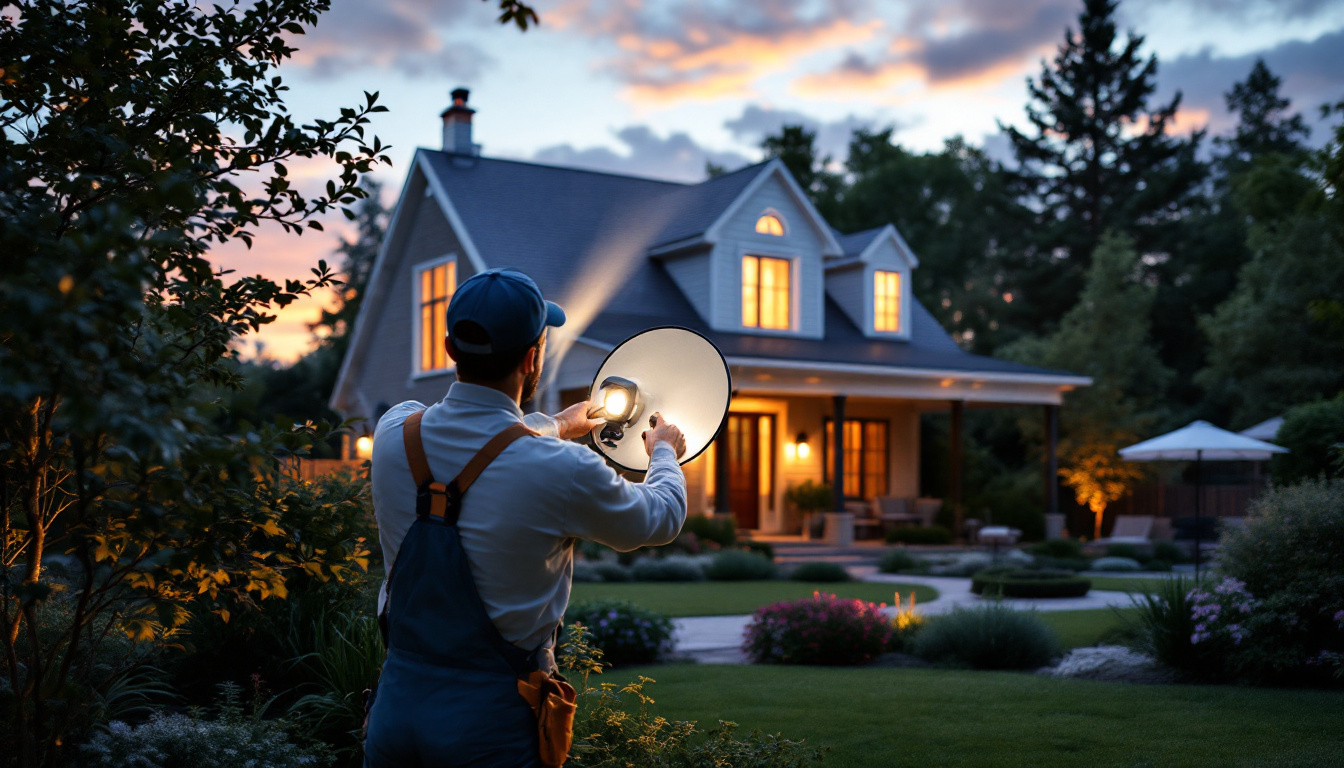
Discover why lighting contractors should prioritize outdoor spotlight shields in their projects.